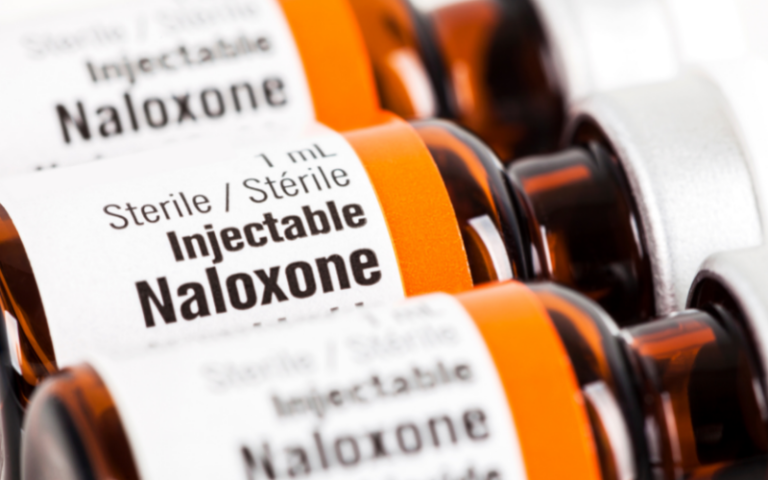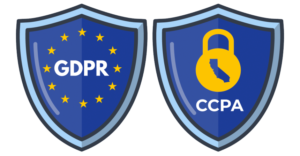There are many misconceptions regarding harm reduction strategies for opioid use disorder (OUD), such as the assumption that they deny the dangers of drugs and encourage their use. Instead, harm reduction recognizes that people will use drugs, regardless of their risks, and incorporates ways to reduce their negative consequences.
Harm reduction recognizes that people will use drugs, regardless of their risks, and incorporates ways to reduce their negative consequences.
Designated driver programs are a well-known example of harm reduction, as the goal of these programs is not to convince people to avoid drinking, but to reduce the injuries and deaths that can result from drunk driving. Harm reduction strategies for opioids work the same way: they understand that people will use opioids and focus on ways to reduce adverse effects, including overdose.
5 Harm Reduction Strategies for Opioids
1) Stigma Reduction
Unfortunately, there is a significant stigma attached to OUD. Many of these negative attitudes associated with the disease come from inaccurate beliefs, like the notion that those who use opioids are dangerous, or their condition is their own moral failing. The stigma surrounding opioid use can lead to shame, causing those suffering from addiction to avoid seeking treatment altogether.
The stigma surrounding opioid use can lead to shame, causing those suffering from addiction to avoid seeking treatment altogether.
Stigma can also influence public policies that make it difficult for people with substance use disorder to get help, even when they are motivated to get better. By reducing the stigma surrounding OUD, those affected may find it easier to seek treatment and be more successful in their recovery.
One way to reduce the stigma surrounding opioid use is to educate people about OUD, which is a chronic, treatable illness. In addition, it is important to promote non-stigmatizing language and treat those who suffer from substance use disorder with dignity and respect.
Opioid use disorder is a chronic, treatable illness.
2) Medications
Two effective medications used to treat OUD are methadone and buprenorphine. Both of these medications work by activating the same opioid receptors as the addictive opioids, but in a lesser manner that doesn’t cause a euphoric effect. Due to the way they interact with the brain, methadone and buprenorphine can reduce or prevent the withdrawal symptoms and cravings that often occur when a person with opioid use disorder stops using opioids.
Using methadone and buprenorphine to treat OUD can be compared to using nicotine patches or gum to stop smoking; the nicotine helps reduce withdrawal symptoms, making it easier for a person to kick the habit.

3) Naloxone distribution programs
Naloxone is a prescription drug that quickly reverses an opioid-related overdose by counteracting the depression of the respiratory system and central nervous system that occurs during an opioid overdose. Naloxone distribution programs provide free naloxone to individuals who have a high risk of overdosing due to opioids.
Having naloxone available can save someone from an opioid-related overdose, similar to how having a designated driver can protect an intoxicated person from injuring themselves or others in a car accident.
4) Good Samaritan Laws
It’s not uncommon for people to refrain from calling 9-1-1 when they witness an overdose because they fear they will get in trouble. Good Samaritan laws offer limited protection against criminal charges to bystanders who attempt to help a person in distress, as they are when they are experiencing an overdose. When people are not afraid of being arrested and prosecuted, they are more likely to call for assistance, potentially saving a person’s life.
When people are not afraid of being arrested and prosecuted, they are more likely to call for assistance, potentially saving a person's life.
5) Syringe Access and Exchange Programs
Syringe access and exchange programs work by providing a place for people who inject drugs to access clean syringes and dispose of used ones. Many programs also provide resources, including overdose prevention education and HIV and Hepatitis testing.
Syringe access and exchange programs have been shown to reduce risky behaviors associated with drug use, like sharing and reusing syringes. As a result, they can also help lower blood-borne illnesses, like HIV and hepatitis, that those who use drugs are at greater risk of developing.
Harm Reduction Strategies Can Save Lives
Harm reduction strategies understand that people use opioids. By educating those who use opioids and the public on safer drug use, we may be able to reduce many of the more severe consequences associated with OUD.


